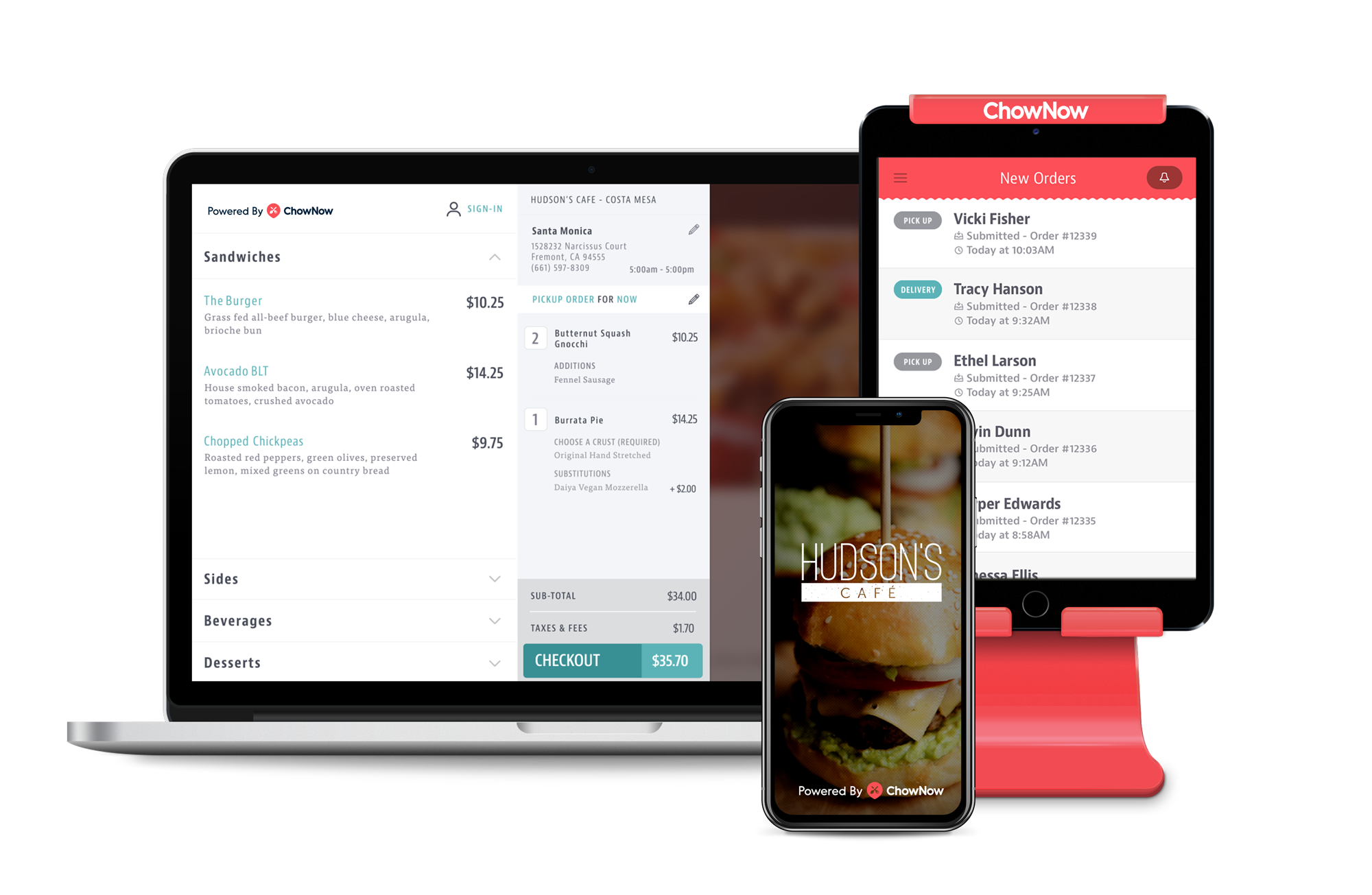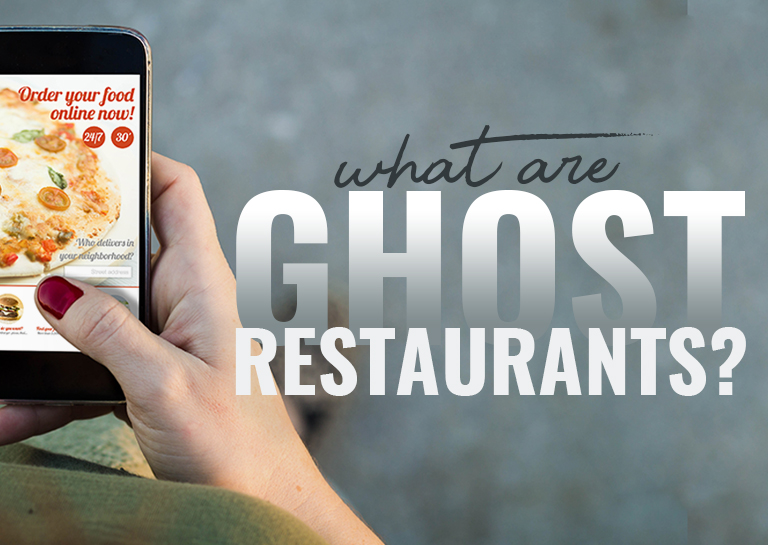The biggest problem that the industry is going to have to contend with regarding 3rd party delivery services is indeed the disruption they’ve caused. But the disruption looks very much to be on the consumer habits side. And that’s not something that’s probably shouldn’t get regulated away.
Here’s what consumers LIKE about DoorDash:
- You can clearly order from any DoorDash restaurant on your computer or mobile device. This is huge. It might be the single most disruptive thing, and you can ask Dominos and Pizza Hut just how big a convenience this is, and how much it can actually drive consumers to your business – people would actually rather order chain pizza from Dominos that they know the order was entered correctly for – than have to call a great pizzeria in their neighborhood and talk to someone who may be trying to field multiple incoming calls, may not transcribe the order correctly, and may not communicate it to the kitchen accurately.
This, more than anything else, is HUGE. As a consumer, I know what food items I ordered, what sizes I asked for, and what quantities were requested. I know what modifier prompts were selected. It’s beautiful (especially when the online menu is set up correctly!)
You would not believe – or maybe you would – how often delivery and takeout is treated as an afterthought in most places. And for most places, that’s probably a smart strategy. Especially in finer dining, the dine-in setting is a big thing, and execution within the four walls is the guiding principle. But…IF you’re going to offer take-out and IF you’re going to try delivery, do it right. Don’t leave it to hosts or counter clerks who may not know the menu or may not know what the kitchen can and can’t do to answer the phone. Don’t put your phone in a noisy lobby or noisy kitchen, either. And while that sounds elementary, 99% of restaurants that try to do their own takeout and delivery fail those basic steps. People are tired of being put on hold halfway through telling their order to someone. People are tired of having to repeat their order umpteen times. It sucks.
And then here’s GrubHub or DoorDash or Uber Eats, and you can clearly and concisely enter and send the whole thing? Beautiful. Perfect.
- Delivery drivers on demand. The folks who should really be squawking about 3rd party delivery services are Dominos, Pizza Hut, and Papa John’s. For decades, they’ve had a monopoly on food delivery driver employment. Now they’re losing delivery drivers to 3rd party delivery services. For the driver, they may not make as much in a short period of time (like a 6-hour shift), but it seems like more and more drivers are willing to be “on call” and simply chilling at home, maybe working some other gig online, and then jumping on DoorDash or GrubHub calls and making money the whole time without having to wear a uniform and hang out at a pizza place waiting for orders to come in.
And if you’re Uber, holy shit do you have an opportunity. If you can get Uber drivers willing to pick up and deliver food in between Uber calls? That’s huge.
And yeah, small companies trying to do 3rd party delivery are going to suffer. But they were already working a failed business model. Places like Takeout Taxi (RIP) and Foodie Cab simply didn’t have access to the driver base that DoorDash, GrubHub and UberEats have.
We tried working with Takeout Taxi at Gilbert’s for a while in the late aughts. And the turnaround from order received (which they had to call in, that’s all they were equipped for) to pickup and delivery to customer was sometimes 2 hours before a customer got the food they ordered. And of course it’d be cold, and we’d get complained to – not the delivery service. Which means…
- Restaurants like the 3rd party delivery services more than the local, smaller places. Honestly, in most cases, an order is an order. And though you probably want to restrict incoming orders during high traffic times if you can (and there are options to do that with 3rd party services now…though no one’s using those options during lockdown!) there’s a lot to be said for knowing as a proprietor that there’s already someone waiting for an order. Typically there’s already a driver waiting as the food is being packed and bagged for delivery. And then it goes, and that’s it.
With smaller services, you’d pack and bag and then a half hour to 45 minutes later someone would show up to take it. And as a restaurateur, I’d just know “This food is going to be shitty.” (OK, I’d probably think something more operationally correct like “This will be far below our standards” but…same thing.) And as a consumer, getting your order delivered within 25-45 minutes of placing it? That’s so, so huge, and it’s a delivery time that smaller independent local services typically can’t touch.
I absolutely see that there will be TONS of growing pains in this arena for a while now. Honestly, it could be that this lockdown is going to accelerate the delivery thing and how restaurants work with them into the next phase, where there’s more all-around satisfaction from everyone for how this is working out.



